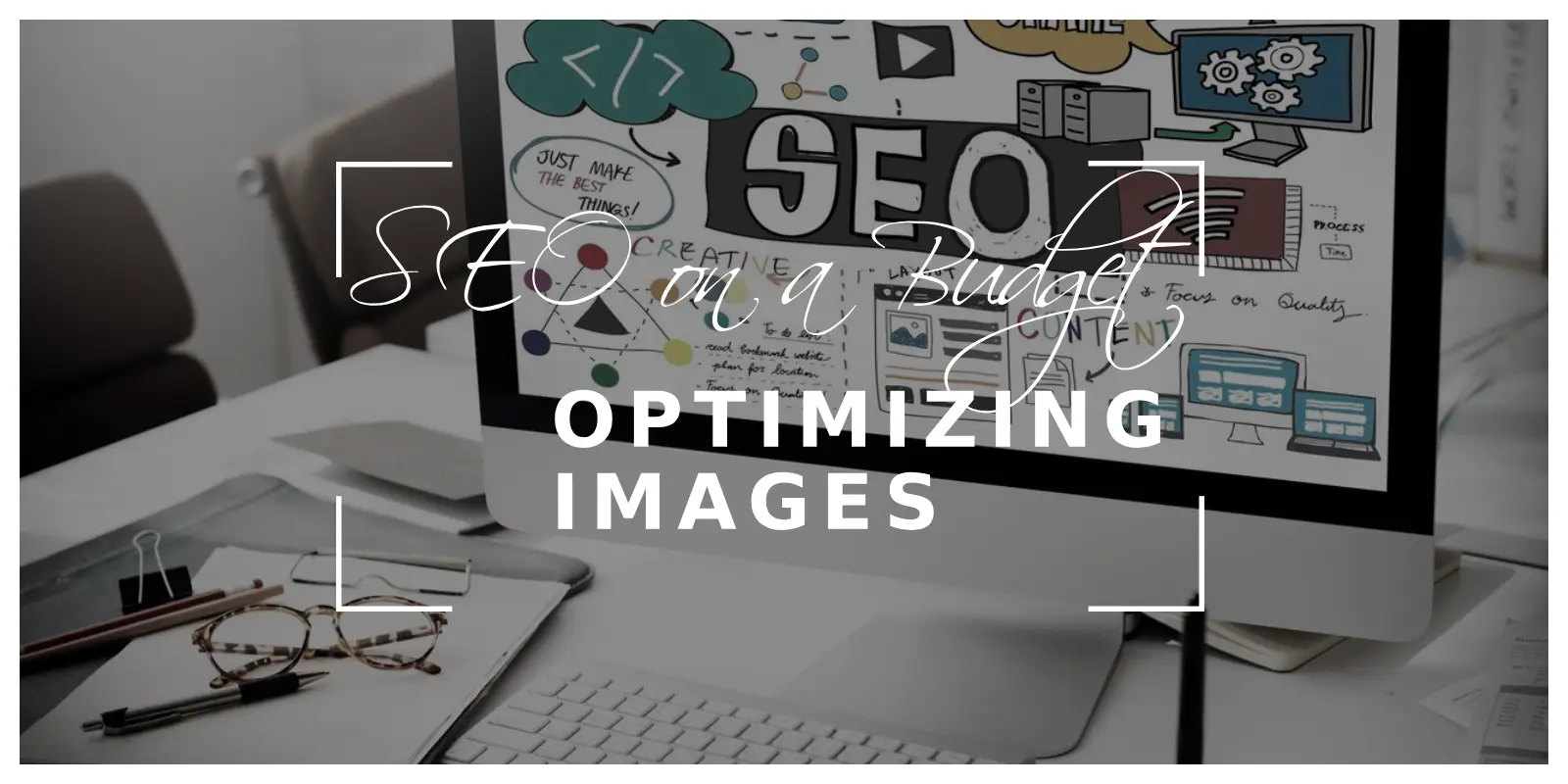Optimizing images is crucial for improving your website’s visibility in image search results. Properly named image files and descriptive alt text allow search engines to understand an image’s content and determine if it’s relevant for a user’s query. This gives your images a better chance of ranking highly and being displayed in the image search results. Optimized images also enhance accessibility and the overall user experience on your site.

The time invested in proper image SEO can significantly boost your traffic from image searches, which are becoming more popular ways for users to discover and explore content online. Enhancing your image optimization is a relatively easy way to expand your reach and introduce new users to your website. Optimizing images for search engines can seem daunting, especially if you’re on a tight budget. However, with some strategic planning and simple tactics, it can be done without breaking the bank.
Choose Descriptive File Names
Whether you’re building a website on WordPress or considering one of the cheapest website builders like Wix, an easy and budget-friendly way to optimize images is to give them descriptive file names. Instead of image1.jpg or photo.png, use file names like blue-whales-breaching.jpg or making-pizza-dough.png. This helps search engines understand what the image contains and return it in relevant image searches. Avoid generic names or random strings of numbers/letters.
Write Alt Text
Alt text provides a written description of an image to search engines. Quality alt text improves image SEO and accessibility. With website builders, you can easily add alt text when uploading images or editing them later. Keep alt text concise, descriptive and focused on the image contents. For example, “A blue whale breaching the ocean surface” or “A person kneading pizza dough on a floured countertop.”
Optimize Title Tags
Many website builders allow you to add title tags to images as well. The title tag shows when hovering over an image in a browser. Like alt text, use descriptive phrases that summarize the image contents. Title tags are especially helpful for informational graphics and data visualizations.
Compress Large Files
Image file size can affect page load speeds, which is a factor in search engine rankings. Most website builders automatically compress images, but you can further optimize using free tools like TinyPNG. Save uncompressed images for your archives. Upload compressed versions to your website to reduce file size without sacrificing quality.
Include Images in Your Content
When writing website content, look for opportunities to incorporate relevant, high-quality images. Images break up blocks of text, engage readers and help connect your content to image searches. Adding alt text creates more entry points for search engines to crawl and index your pages.
Feature Images Prominently
Look for ways to highlight important images on your site. For example, lead with a large banner image at the top of blog posts or product pages. Website builders make it easy to do this visually. Just be sure to optimize the file name, alt text and title tag too.
With thoughtful naming, descriptive alt text and compressed files, you can optimize website images for better SEO without dedicating a big budget. Take advantage of free tools available and the built-in features of your website builder. Focus on creating and displaying high-quality, relevant images to improve the experience for readers and search engines alike. A little planning goes a long way.

